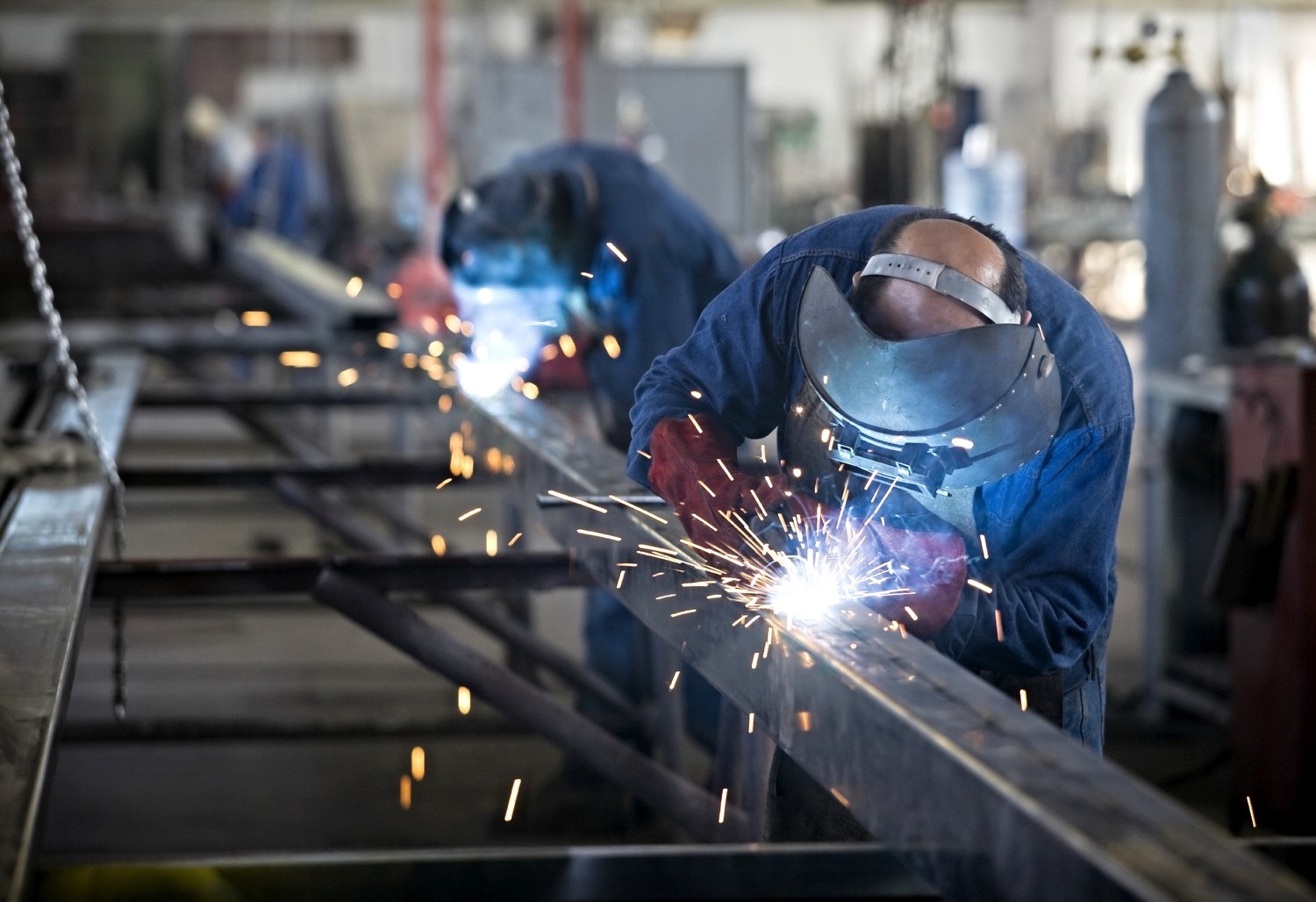All You Need To Know About Metal Fabrication!
by Muskan
Posted on September 10, 2021 at 02:30 PM

Introduction to Metal Fabrication
The technique of fabricating sheet metal and other flat metals to conform to precise shapes is known as metal fabrication. The sheet metal that is a quarter of an inch thick or less is used to begin the process. The metal is flexible enough at this thickness to take on various shapes. Fabricators change the sheet with this metal to achieve a certain shape. Cutting, stamping, shaping, folding, and welding are all used to accomplish this. Custom fabrication, or the manufacturing of new custom parts utilizing novel combinations of various processes, is another related practice.
Metal production may appear to many people to be a straightforward one- or two-step operation. But the truth is that it's a lot more involved and extensive than merely plucking metal components from a shelf. Here, we'll look at many areas of metal fabrication so you'll be better prepared the next time you need a fabricator's help.
Process of Metal fabrication
Fabrication is a multi-step process: Metal fabrication, for the most part, entails a number of phases before it is finished. Metal fabrication can include any of the following: cutting or shearing, forming, machining, and welding, to name a few. Lead time is ultimately determined by the meticulous planning and execution of these critical processes, so keep that in mind if you need work done quickly.
It necessitates a variety of tools: In the shop, there are as many pieces of equipment as there are fabrication processes. A metal fabricator may employ a table saw, press brake, lathe, or grinder on any given work. Because each work is unique, the equipment required for that job will be as well.
The Process Has Limitations: It's simple to believe that a metal fabricator can change an item at any time. However, metal fabrication, like any other process, has its limitations. Shop equipment, materials, and access to key procedures are frequently restricted. For example, a shop might be able to handle all of the major metal fabrication procedures but still need to send pieces out for finishing. Alternatively, a fabricator may discover that the design parameters are incompatible with the needed material. In this instance, a different material or fabrication procedure may be required.
Materials aren't all created equal: The production process necessitates a great deal of forethought. Metal fabricators are responsible for not only completing the job, but also for determining which fabrication procedures are most effective. Understanding the material is a significant part of that. While all metals may appear to the untrained eye to be the same or similar, each has its own set of characteristics that must be addressed. Tensile strength, formability, and weldability are all things to consider. As a result, not all metals can be formed in the same way. Aluminum, for example, has a lower melting point than stainless steel, making it a more versatile material to deal with.
While cutting, shaping, and assembling are all important aspects of metal fabrication, there are many secondary procedures that must be completed before a work can be completed. Anodizing, galvanising, deburring, sandblasting, plating, and finishing are examples of these processes.
Technology Used for Metal Fabrication
While metal manufacturing has been around for millennia in some form or another, the processes and technology have changed dramatically over time. Although many of the basic techniques have been present for centuries, there have been considerable advancements in how we produce metal items in the current world. The following are some of the most important forms of metal fabrication technology that are now at the forefront of the manufacturing process:
CAD software: In the design of metal fabrication projects, computer-aided design (CAD) software is crucial. Engineers create designs using CAD software, which can then be used in the fabrication process by a fabrication firm. This software system enables the creation of 3D models as well as rapid design updates and adjustments. Easy translations to programming languages for programming fabrication machinery are also made possible by CAD software. Computer-aided design has made fine-tuning parts much easier, and it allows engineers to instantly figure out vital information, such as information on structurally weak regions.
Automation: In recent years, automation has transformed the fabrication process. Fabrication gear is increasingly being built with programming skills, allowing it to complete projects autonomously and with little human intervention. This enables for 24-hour work, as well as increased precision and reproducibility. Cutting, welding, folding, and various machining processes are among the many processes for which automated instruments are offered.
Machinery: Over time, machinery solutions have improved as well. Cutting operations employ laser technology, which allows for faster cutting of thicker materials. Other cutting technologies, such as plasma and waterjet cutting, are becoming more widely available. These techniques are useful for a variety of projects and material kinds.
Conclusion
Three factors are prioritised in our metal fabrication services: price, quality, and delivery. While many organisations thrive at one or two of these characteristics, Amardeep Steel recognises that true value comes from treating all three equally. Our production uses cutting-edge technology in a high-end, professional facility with some of the greatest engineers and technicians in the industry. Find out why Amardeep Steel Centre is the industry leader in high-quality metal fabrication by contacting us today.